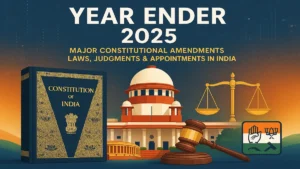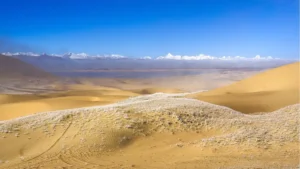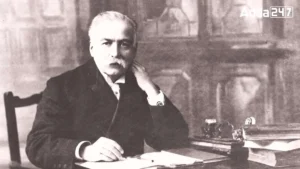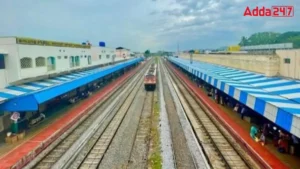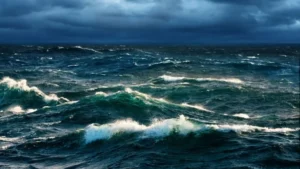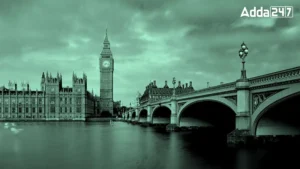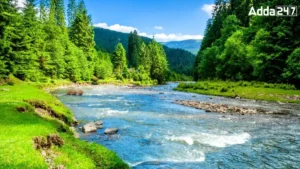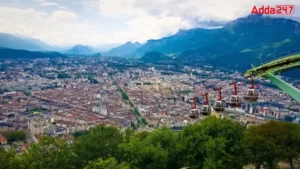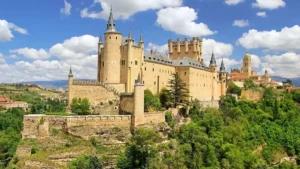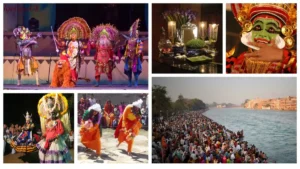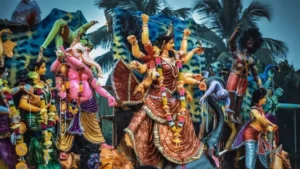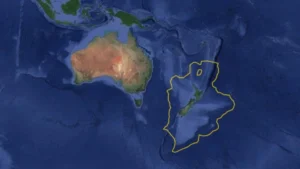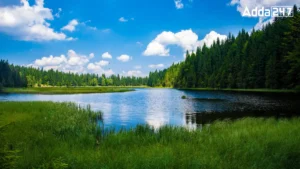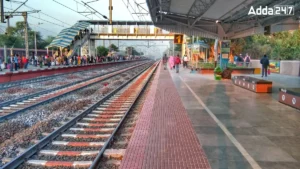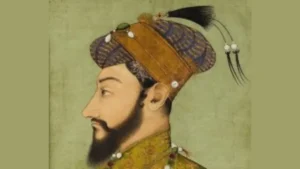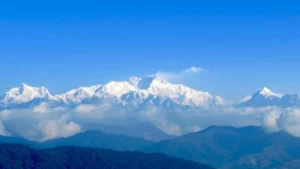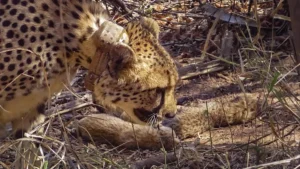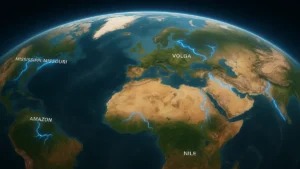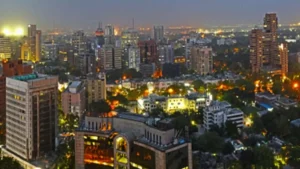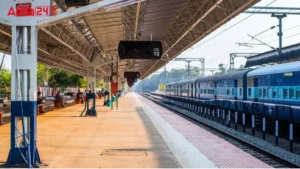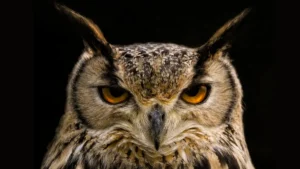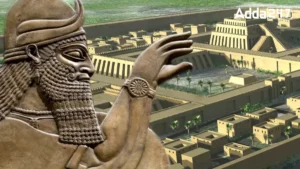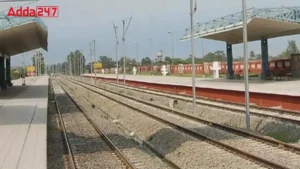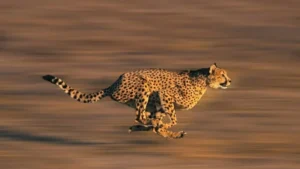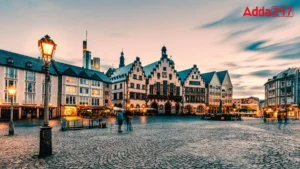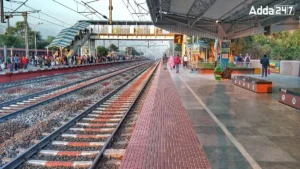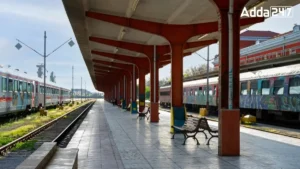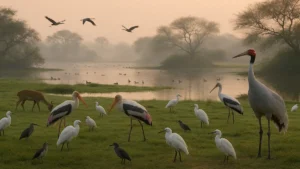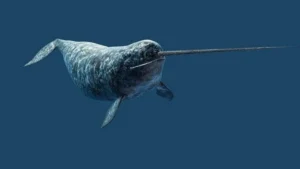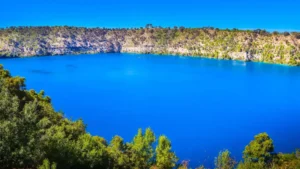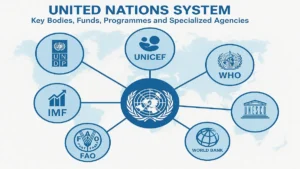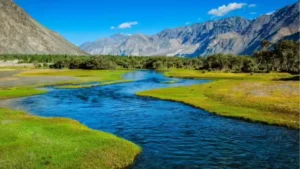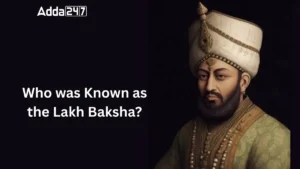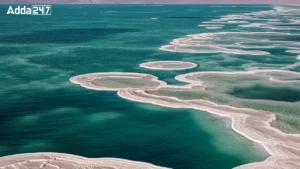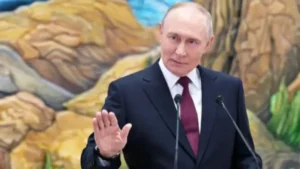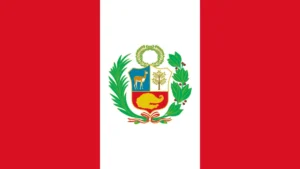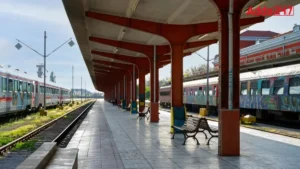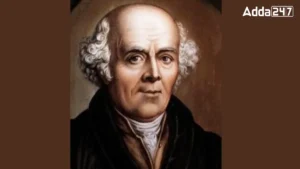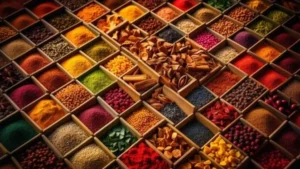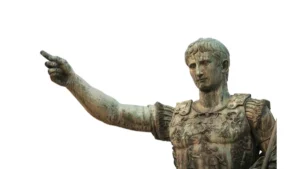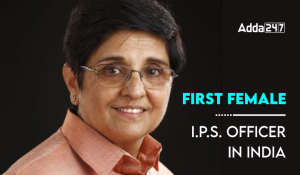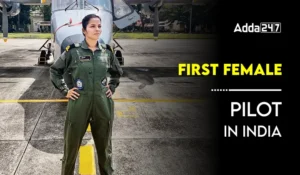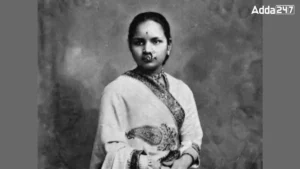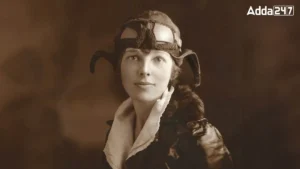General Studies Notes 2025 PDF
Current Affairs: General Studies Notes
Welcome to the Current Affairs General Studies Section which provides you the best compilation of the General Studies. Current Affairs Adda assisting you in reaching your full potential in terms of knowledge and learning by providing you with the top academic information. General Studies is a major part of the exams like UPSC, UPSC CSE, IBPS, SBI, RBI, SSC, Railway, UPPSC, RPSC, BPSC, MPPSC, TNPSC, UKPSC, APPSC, MPSC etc. Many aspirants for government exams have benefited from our website now it’s your turn.
This is the best site to find recent updates on General Studies not only for competitive exams but also for interviews.
General Studies
-
December 13, 2025
Which Indian City is Known as the Footwear City? -
December 13, 2025
Which Desert is known as the Cold Desert? -
December 13, 2025
Top-10 News Media Companies in the World, Check the List -
December 13, 2025
Which Tree is known as the Christmas Tree? -
December 13, 2025
Is Vatican City a Country or City? Explore the Answer -
December 13, 2025
Which District of Uttar Pradesh is known as the Carrot City? -
December 13, 2025
Which City of Czech Republic is Known as the Heart of Europe? -
December 13, 2025
Which is the Largest Railway Station of Tripura? Know About It -
December 13, 2025
Which Hill Station is Known as the Fruit Bowl of Kumaon? -
December 13, 2025
Which Country is Known as the Country of Rivers? -
December 12, 2025
Which is the Highest Desert in the World? Know About It -
December 12, 2025
Who was Known as the Father of Modern Cuisine? -
December 12, 2025
Which Indian State has the Largest Wasteland Area? -
December 12, 2025
Which City of France is Known as the City of Wine? -
December 12, 2025
Which is the Largest Railway Station of Odisha? Know About It -
December 12, 2025
Which is the Longest Metro Route in India? -
December 12, 2025
Which Crop is known as the King of Cereals? -
December 12, 2025
Which River is known as the Queen of Europe’s Rivers? -
December 12, 2025
Which Ocean is known as the Silent Ocean? Know About It -
December 10, 2025
Which Flower is known as the Smiley Flower? -
December 10, 2025
Who was Known as the Prince of Mathematics? -
December 10, 2025
Which Country is Known as the Britain of the East? -
December 10, 2025
Top-5 Deepest Rivers in the World, Know About Them -
December 10, 2025
Which City of France is known as the Capital of the Alps? -
December 10, 2025
Which Country is known as the Land of Castles? -
December 10, 2025
List of International Airlines in India, Check the Names -
December 10, 2025
Raveena Tandon Biography: Know About Her Life, Career and Achievements -
December 9, 2025
Which Continent is known as the New Continent? -
December 9, 2025
Which is the Oldest Lake on Earth? Know About It -
December 9, 2025
Which is the Largest Railway Station of Rajasthan? Know About It -
December 9, 2025
Which Country is Known as the Land of Tulips? -
December 9, 2025
Which District of Uttar Pradesh is Known as the Suhag Nagari? -
December 9, 2025
Which is the Longest Reigning King in Indian History? -
December 9, 2025
Which Mountain is known as the Sleeping Buddha? -
December 9, 2025
Which is the Longest Underwater Mountain Range on the Earth? -
December 9, 2025
Which Flower is known as the Moonflower? -
December 8, 2025
What is the Full Form of NOIDA? -
December 8, 2025
Which is the Largest Natural Ice Skating Rink of Asia? -
December 8, 2025
Which City of United States is Known as the Magic City? -
December 8, 2025
Which is the Largest Railway Station of Nagaland? Know About It -
December 8, 2025
Which City of France is Known as the City of Lights? -
December 8, 2025
Who is Known as the Queen of the Pop? Know About Her -
December 8, 2025
Who is the CEO of IndiGo Airlines? Know the Name -
December 8, 2025
Which is the Warmest Ocean in the World? Know About It -
December 8, 2025
Which Indian City is known as the City of Textile? -
December 8, 2025
Which Mountain is Known as the Sleeping Giant? -
December 6, 2025
Which Animal is Known as the Silent Hunter? Know About It -
December 6, 2025
Which Country is known as the Land of Thunder Dragon? -
December 6, 2025
What is the National Sport of Canada? -
December 6, 2025
Which Country is Known as the Cradle of Civilization? -
December 6, 2025
Which is the Largest Railway Station of Manipur? Know About It -
December 6, 2025
Which Country is known as the Land of Forests? -
December 6, 2025
Top-5 Fastest Cats in the World, Know the Names -
December 6, 2025
Which Planet is known as the Fastest Planet? -
December 5, 2025
Which Country is Known as the Land of Festivals? -
December 5, 2025
When was IndiGo Airlines Founded and Who Founded It? -
December 5, 2025
Which Country is Known as Deutschland? -
December 5, 2025
Which River is Known as the Lifeline of Northeast India? -
December 5, 2025
Which is the Largest Railway Station of Jharkhand? Know About It -
December 5, 2025
Which is the Largest Railway Station of Haryana? Know About It -
December 5, 2025
Which City is Known as the Science City of India? Know About It -
December 5, 2025
Top 10 States with Smart City Projects in India (2025 Update) -
December 5, 2025
Which Animal is Known as the Unicorn of the Sea? Know the Name -
December 5, 2025
Which Lake is known as the Lake of Tears? Know the Name -
December 4, 2025
Which Place is Known as the Norway of India? Know About It -
December 4, 2025
Which is the Most Fertile River Valley in India? Know About It -
December 4, 2025
Which is the Largest Railway Station in Gujarat? Know About It -
December 4, 2025
Who was Known as the Lakh Baksha? Know the Name -
December 4, 2025
Where is the Dead Sea Located? Know About It -
December 4, 2025
Which Country is Known as the Land of Windmills? Know About It -
December 4, 2025
Which Lake is Known as the Blue Lake? Know About It -
December 4, 2025
Which Country in the World has the Longest Mountain Range? -
December 1, 2025
Top-10 Countries with the Shortest Names, Check the List -
December 1, 2025
Which River Flows Through the Valley of Flowers? Know About It -
December 1, 2025
Which is the Largest Railway Station of Chhattisgarh? -
December 1, 2025
Who is Known as the Founder of Homeopathy? -
December 1, 2025
Largest Railway Station of Karnataka, Know the Name -
December 1, 2025
Which District of Uttar Pradesh is known as the City of Spices? -
December 1, 2025
Which Animal is Known as the Fearless Animal in the World? -
December 1, 2025
Who was the First King of Rome? Know the Name -
November 29, 2025
Which Planet is Known as the Ringed Planet? -
November 29, 2025
Which Country is known as the Country of Fragrances? -
November 29, 2025
Who was the First Female I.P.S. Officer in India? Know the Name -
November 29, 2025
Who was the First Female Pilot in India? Know her Name -
November 29, 2025
Who was the First Female Doctor of India? Know the Name -
November 29, 2025
Who is the First Woman to Fly Solo Across the Atlantic Ocean?





